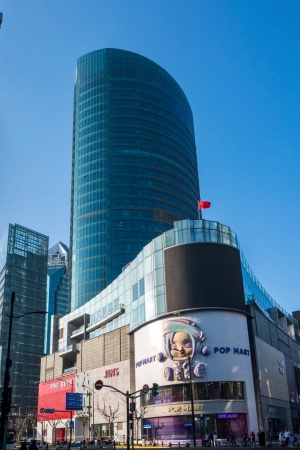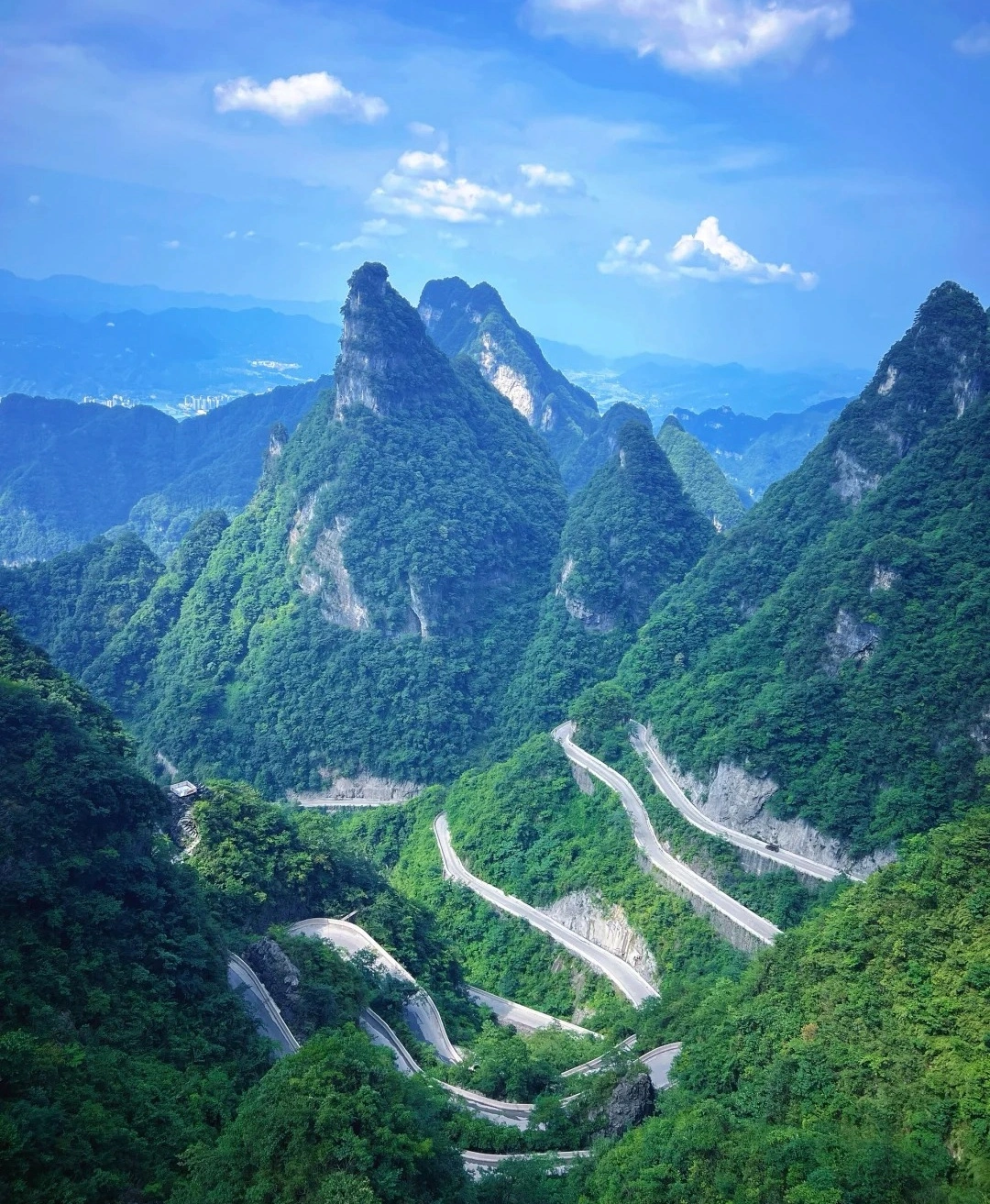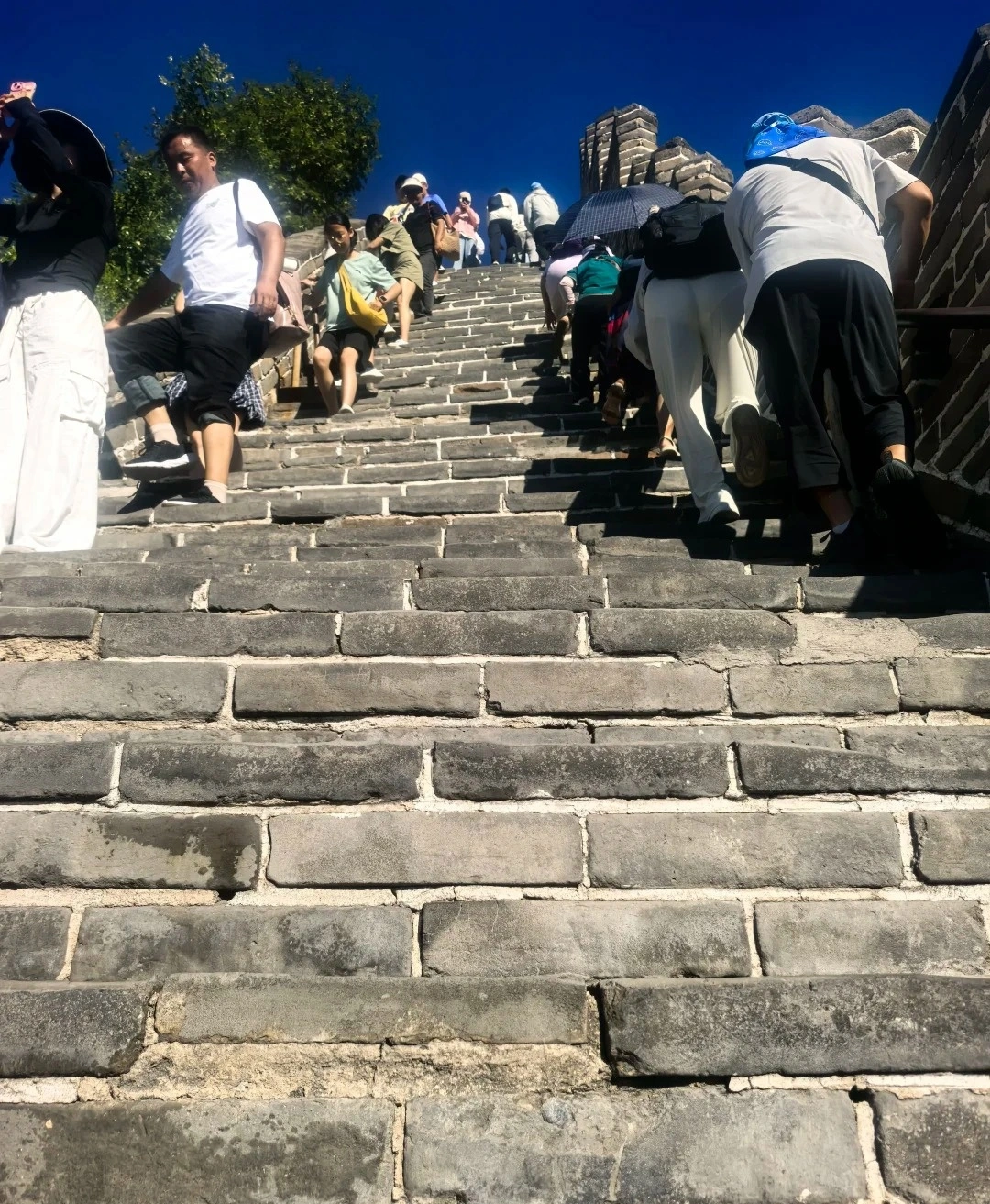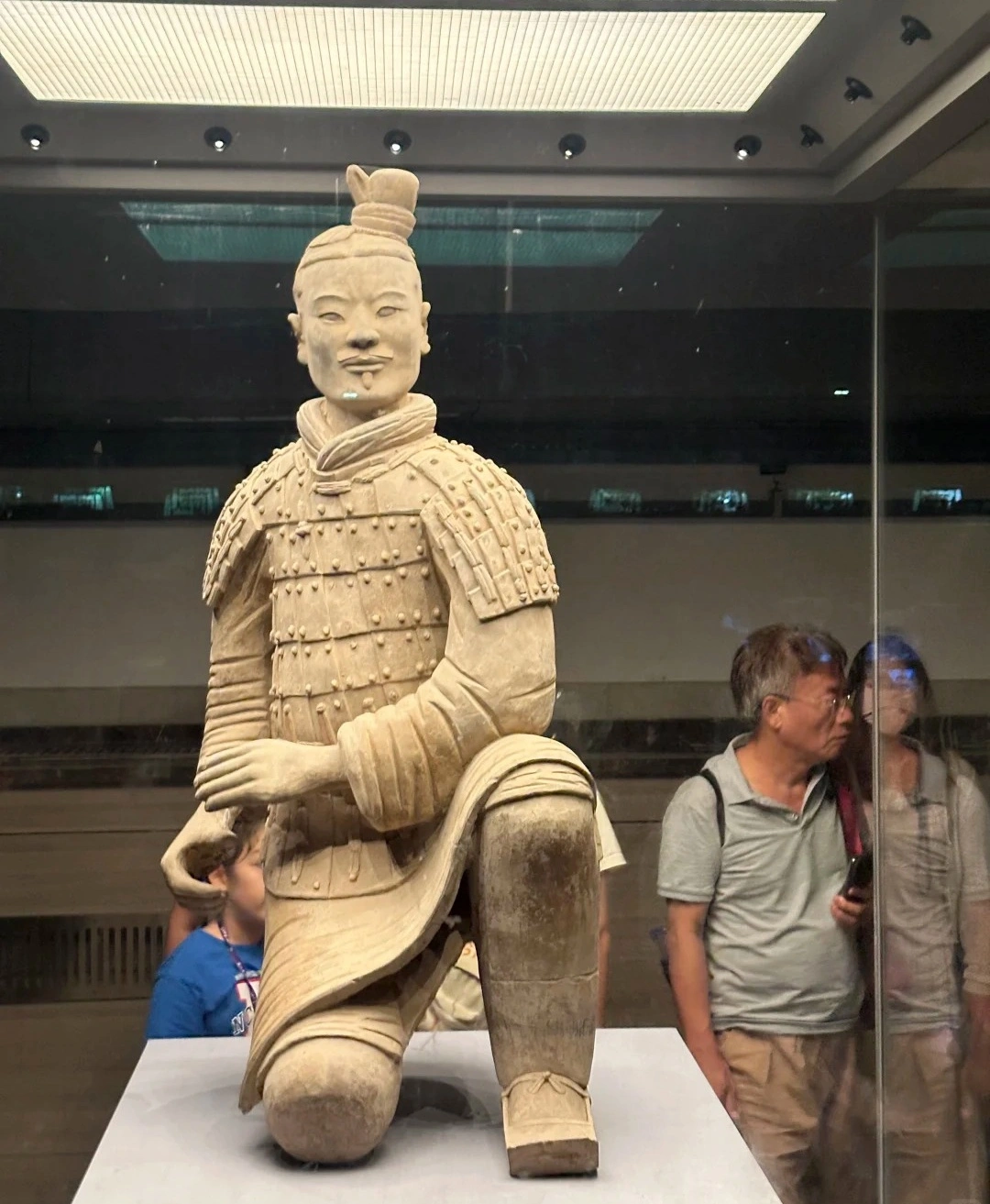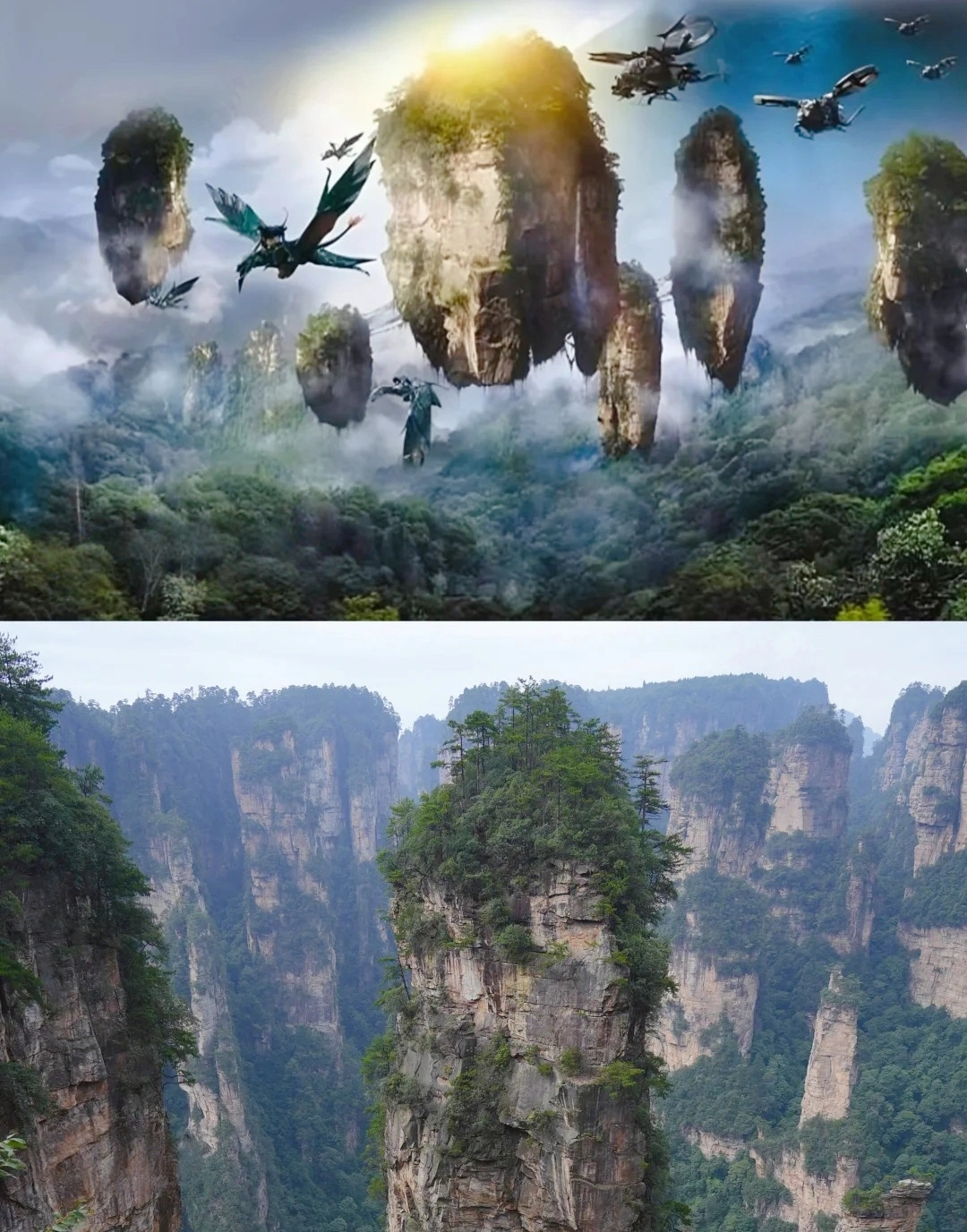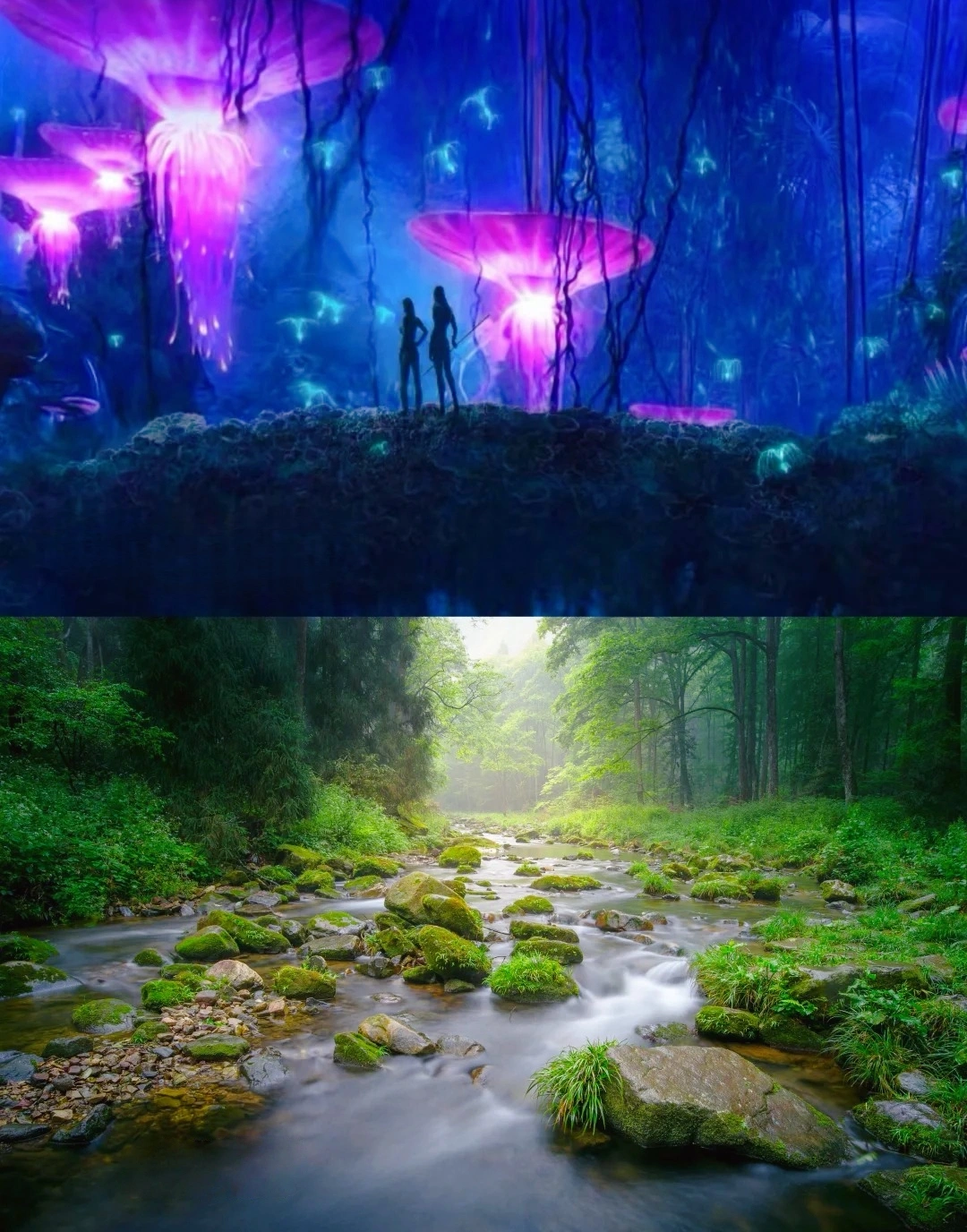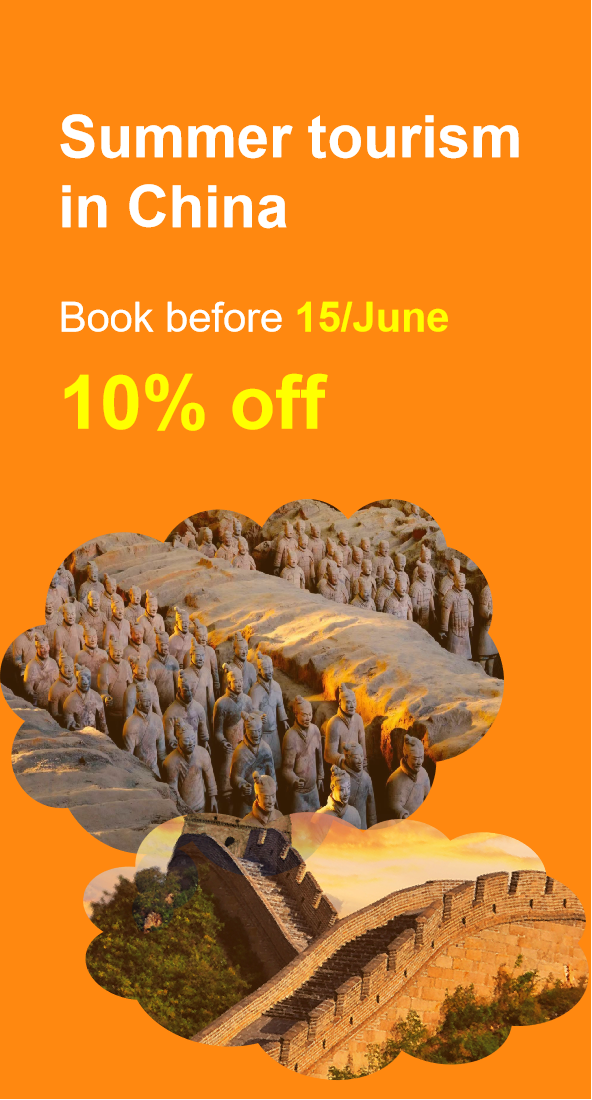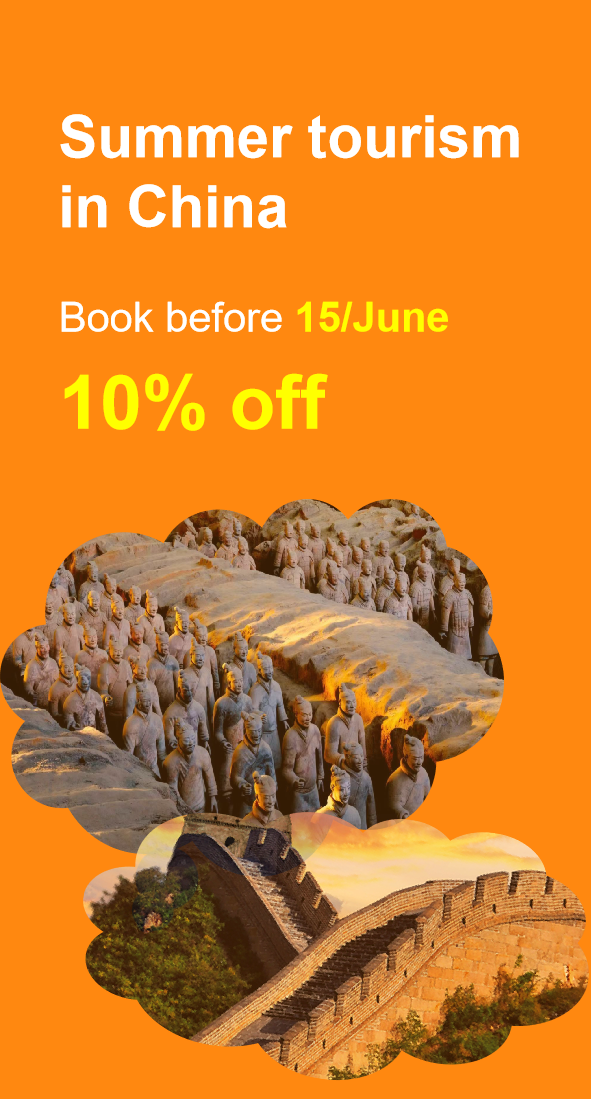Shangsi Festival
Shangsi Festival: China's Enchanting Celebration of Purity, Love, and Nature's Rebirth

The Shangsi Festival (Shàng Sì Jié), also known as the Double Third Festival (Sān Sān Jié), is a time-honored Chinese celebration that falls on the third day of the third lunar month (usually in early to mid-April). Rooted in ancient shamanic and agricultural traditions, it marks the peak of spring when nature awakens in full bloom, and people gather to purify their bodies and spirits, seek love, and pay homage to the vitality of life. For travelers, the festival offers a captivating blend of rituals, romantic customs, and natural beauty, from river baths and floral offerings to poetry gatherings and outdoor feasts. Below, we delve into its historical origins, regional variations, and the timeless spirit of renewal it embodies.
 Dates & Public Holidays: Spring's Zenith
Dates & Public Holidays: Spring's Zenith
▶ Lunar Date & Seasonal Significance
The festival occurs on the 3rd day of the 3rd lunar month, coinciding with the Qingming Festival (Tomb-Sweeping Day) in some years, though it is traditionally distinct. This period symbolizes the height of spring, when rivers run clear, flowers blanket the land, and communities embrace the outdoors. Ancient rituals focused on warding off evil and avoiding disasters (驱邪避灾, qū xié bì zāi) and praying for health and peace (祈求安康, qí qiú ān kāng).
▶ 2025 Key Dates
- Lunar Date: April 21, 2025 (3rd day of the 3rd lunar month)
- Note: Not a national public holiday, but parks, temples, and rural areas host day-long celebrations.
▶ Public Holiday Schedule (2025–2029)
| Year | Lunar Date | Gregorian Date Range (Peak Celebrations) |
|---|---|---|
| 2025 | April 21 | April 20–22 |
| 2026 | April 10 | April 9–11 |
| 2027 | March 30 | March 29–31 |
| 2028 | April 17 | April 16–18 |
| 2029 | April 6 | April 5–7 |
 Core Traditions & Celebrations: From Ritual to Romance
Core Traditions & Celebrations: From Ritual to Romance
▶ Water Ritual: Purification by Nature's Flow
Symbolism: Ancient Chinese believed that spring water, especially from rivers and streams, had purifying powers. On this day, people would bathe in natural waters to cleanse their bodies of impurities and ward off diseases, a practice known as exorcistic ablutions (祓禊, fú xì).
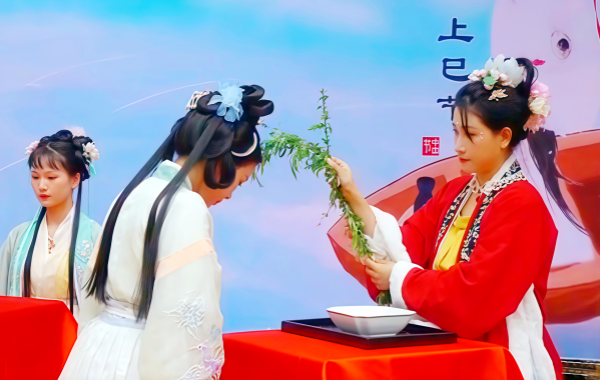
Regional Styles:
- South China (e.g., Guilin): Families picnic by the Li River, wading into the water to wash their faces and hair while reciting prayers.
- North China (e.g., Beijing): In historic parks like The Summer Palace, elders lead ceremonies where young people splash water on each other for good luck.
- Modern Twist: Some cities now host “eco-baths” in public pools, using herbal infusions and flower petals for a fragrant twist.
▶ Floral Offerings: Tributes to Spring's Bounty
Origins: The festival coincides with the blooming of peonies, cherry blossoms, and orchids, making it a time to honor nature’s generosity. People gather wildflowers, weave them into wreaths, and place them on altars or float them down rivers as offerings to deities.
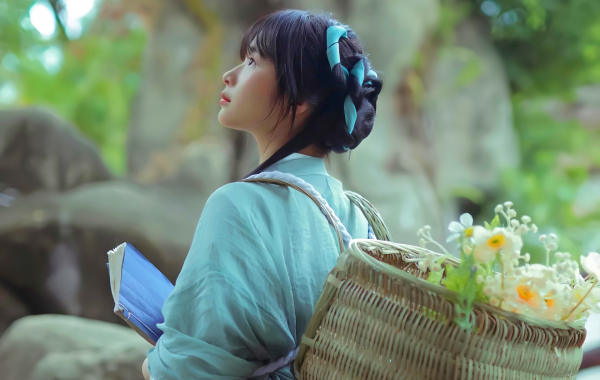
Modern Adaptations:
- Urban Areas: Florists create special “Shangsi bouquets” with symbolic flowers like peonies (prosperity) and lilies (purity).
- Art Installations: In Shanghai's Yu Garden, giant floral sculptures of dragons and phoenixes are displayed for photo opportunities.
▶ Poetry Gatherings: The Romance of Words
Historical Context: During the Tang and Song dynasties, scholars and poets would gather outdoors to compose verses inspired by spring’s beauty, a tradition known as floating wine cups along a winding stream (曲水流觞, qū shuǐ liú shāng). Participants would place cups in a stream, and whoever caught one had to recite a poem or drink as punishment.
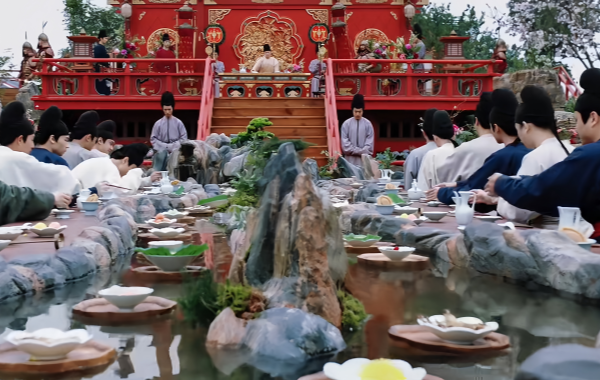
Modern Revival:
- Hangzhou's West Lake: Annual poetry contests are held near the Broken Bridge, with prizes for the best verses about love or nature.
- Digital Age: Social media challenges encourage users to share Shangsi-themed haikus or couplets using hashtags like ShangsiPoetry.
▶ Love Ritual: Matchmaking Under the Blossoms
Origins: The festival has long been associated with romance, as young men and women would use the occasion to meet potential partners during outdoor gatherings. In some regions, girls would wear colorful skirts and boys would carry handmade kites, using playful interactions to express interest.
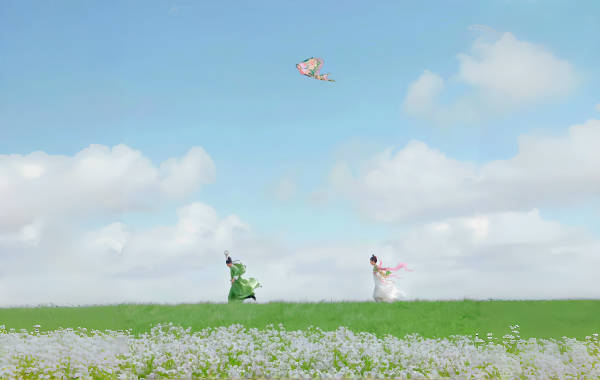
Modern Twist:
- Speed-Dating Events: In cities like Chengdu, parks host “Shangsi Speed-Dating” under cherry blossom trees, with icebreaker games themed around traditional poetry.
- Online Matchmaking: Dating apps offer special Shangsi filters, allowing users to find matches based on shared interest in the festival.
 The Legends of Shangsi Festival: Tales of Love and Transformation
The Legends of Shangsi Festival: Tales of Love and Transformation
▶ The Weaver Girl and the Cowherd's Spring Reunion
Content: Though more famously celebrated during Qixi Festival, some legends tie the Shangsi Festival to the annual reunion of the Weaver Girl (Zhi Nu) and the Cowherd (Niu Lang). On this day, their love is said to bless all couples, making it an auspicious time for weddings or proposals.
Significance: Explains the festival’s romantic undertones and its connection to star myths.
▶ The Emperor's Bath and the Birth of Spring
Content: According to one tale, Emperor Yao (one of China’s legendary sage rulers) discovered the healing powers of spring water during a bath on the third day of the third month. He then declared it a national holiday to encourage his people to purify themselves and embrace renewal.
Significance: Links the festival to leadership, health, and communal well-being.
▶ The Peony's Rebellion: A Flower's Triumph
Content: The peony, China's national flower, is said to have bloomed for the first time on Shangsi Festival after defying the Jade Emperor’s order to withhold its beauty. Its vibrant colors became a symbol of resistance and resilience, inspiring people to celebrate their own inner strength.
Significance: Connects the festival to themes of courage and self-expression.
 Culinary Delights: Feasting with Spring's Flavors
Culinary Delights: Feasting with Spring's Flavors
▶ Must-Try Dishes for International Travelers
1. Spring Herb Dumplings (Chūn Cǎo Jiǎozi): Dumplings filled with foraged wild greens like shepherd’s purse and garlic chives, symbolizing freshness and health.
2. Peony-Infused Rice (Mǔ Dān Fàn): Steamed glutinous rice dyed pink with peony petals, often served in lotus-leaf wrappers for a fragrant touch.
3. Floating Wine Cakes (Fú Xiāo Gāo): Spongy rice cakes soaked in sweet fermented rice wine, reminiscent of the ancient “floating cup” tradition.
▶ Symbolic Foods & Their Meanings
- Eggs (Dàn): Hard-boiled eggs are painted with floral patterns and exchanged as gifts, representing fertility and new beginnings.
- Bamboo Shoots (Zhú Sǔn): Young shoots symbolize growth and upward momentum, often stir-fried with pork or tofu.
- Cherry Blossom Tea (Yīng Huā Chá): Dried cherry blossoms brewed with green tea, evoking the fleeting beauty of spring.
 Traveling During Shangsi Festival: Tips & Destinations
Traveling During Shangsi Festival: Tips & Destinations
▶ Essential Travel Advice
- Pack Light: Spring weather varies from chilly mornings to warm afternoons; bring layers and comfortable walking shoes for outdoor events.
- Book Early: Popular destinations like Guilin and Hangzhou fill up quickly; reserve accommodations and river tours 1–2 months in advance.
- Respect Customs: Avoid wearing overly formal attire (black or white) to outdoor celebrations; opt for bright, floral-patterned clothing instead.
▶ Top 5 Destinations for International Visitors
Guilin, Guangxi:
- Highlights: Bathe in the Li River's crystal-clear waters, hike through karst mountains adorned with wildflowers, and sample bamboo-shoot dishes at local markets.
- Unique Experience: Join a traditional “flower boat” cruise, where performers sing folk songs about spring and love.
Hangzhou, Zhejiang:
- Highlights: Attend a poetry gathering at West Lake, visit the Longjing tea plantations for a spring harvest tour, and indulge in peony-infused dim sum.
- Unique Experience: Release floating lanterns on the Grand Canal, inscribed with wishes for love or health.
Lijiang, Yunnan:
- Highlights: Explore the Naxi minority’s ancient town, where residents perform traditional dances around bonfires, and hike Jade Dragon Snow Mountain for panoramic spring views.
- Unique Experience: Learn to make floral offerings with local artisans using wild orchids and rhododendrons.
Luoyang, Henan:
- Highlights: Witness the peak of peony season at the National Peony Garden, where thousands of blooms create a sea of color, and attend a reenactment of ancient water purification rituals.
- Unique Experience: Try “peony wine,” a fragrant liquor infused with flower petals, at a local tavern.
Suzhou, Jiangsu:
- Highlights: Stroll through classical gardens like the Humble Administrator's Garden, where cherry blossoms frame traditional pavilions, and join a calligraphy workshop to write Shangsi-themed poems.
- Unique Experience: Sail on a hand-painted wooden boat along the Grand Canal, passing under bridges adorned with floral decorations.
Hidden Gems Off the Beaten Path
- Wuyuan, Jiangxi: Known as China's “most beautiful village,” Wuyuan's rape blossom fields (yóu cài huā) burst into golden bloom during Shangsi Festival, creating a stunning contrast with ancient Hui-style architecture.
- Danba, Sichuan: The Tibetan village of Zhonglu is famous for its “thousand-tower” complex, where residents celebrate Shangsi with yak-butter sculptures and traditional songs around bonfires.
- Tulufan, Xinjiang: In this oasis town, Uyghur communities host grapevine-planting ceremonies, believing the festival’s auspicious energy ensures a bountiful harvest.
 History & Cultural Evolution
History & Cultural Evolution
▶ Ancient Origins
- Neolithic Era: Early Shangsi celebrations were tied to shamanic rituals for rain and fertility, with communities gathering by rivers to perform dances and offer sacrifices to water gods.
- Zhou Dynasty (1046–256 BCE): The festival became formalized as a state-sponsored event, with emperors leading purification ceremonies and distributing herbal medicines to the people.
▶ Modern Adaptations
- Eco-Conscious Celebrations: In response to environmental concerns, some regions have replaced traditional firecrackers with silent drum performances or flower-petal confetti.
- Digital Dragons: In tech hubs like Shenzhen, AR apps allow users to “summon” virtual peonies or floating cups by scanning QR codes at festival sites.
- Global Fusion: In cities like Vancouver and London, Chinese communities host Shangsi-themed picnics in public parks, blending traditional rituals with Western spring festivals like Easter.
 Embrace Spring's Enchantment
Embrace Spring's Enchantment
The Shangsi Festival is a celebration of life’s fleeting beauty and enduring resilience, where ancient rituals meet the vibrant energy of spring. Whether you’re bathing in a mountain stream, composing a poem under cherry blossoms, or simply savoring a peony-infused tea, the festival invites you to reconnect with nature and yourself. Come with an open heart—and perhaps a notebook to capture the magic of China’s most poetic spring tradition. Welcome to the Shangsi Festival, where every moment is a tribute to renewal!
Contact Us
What Our Clients Say?
Based on 10,000+ traveler reviews
